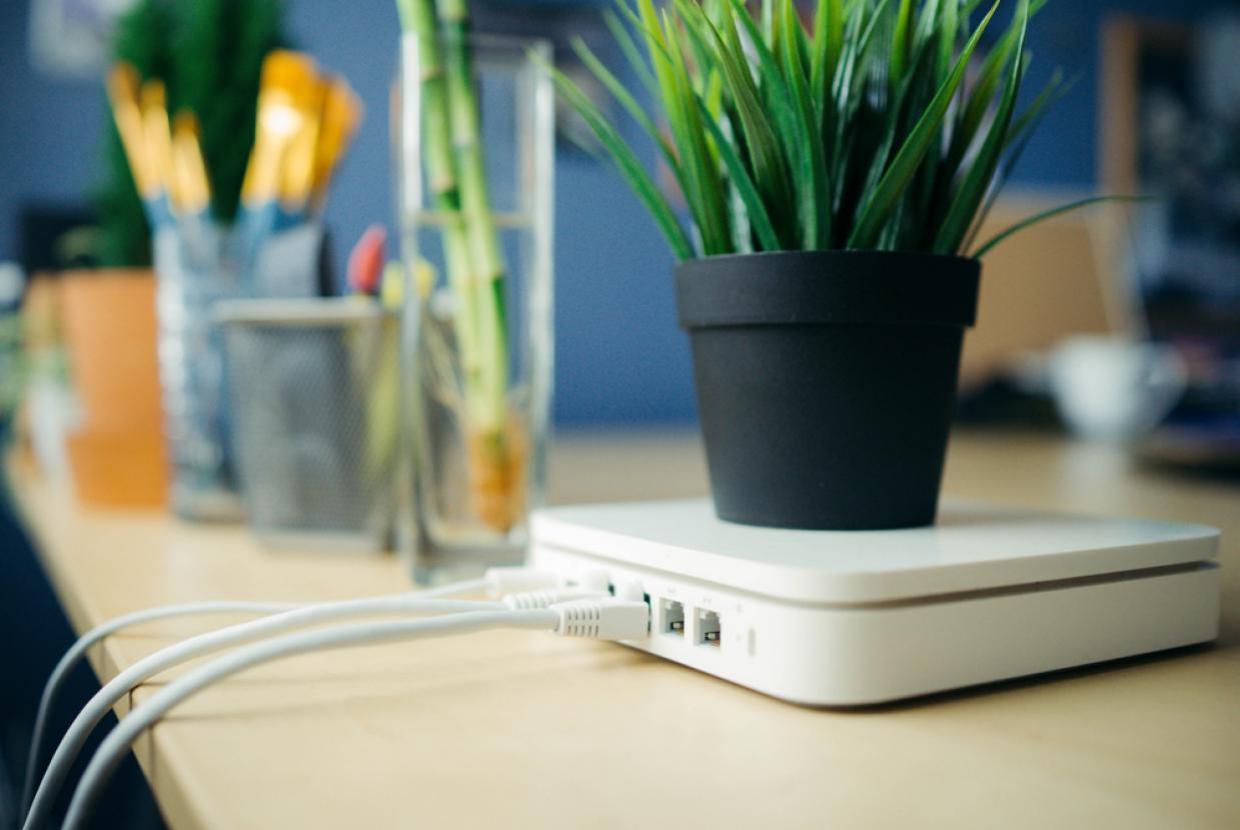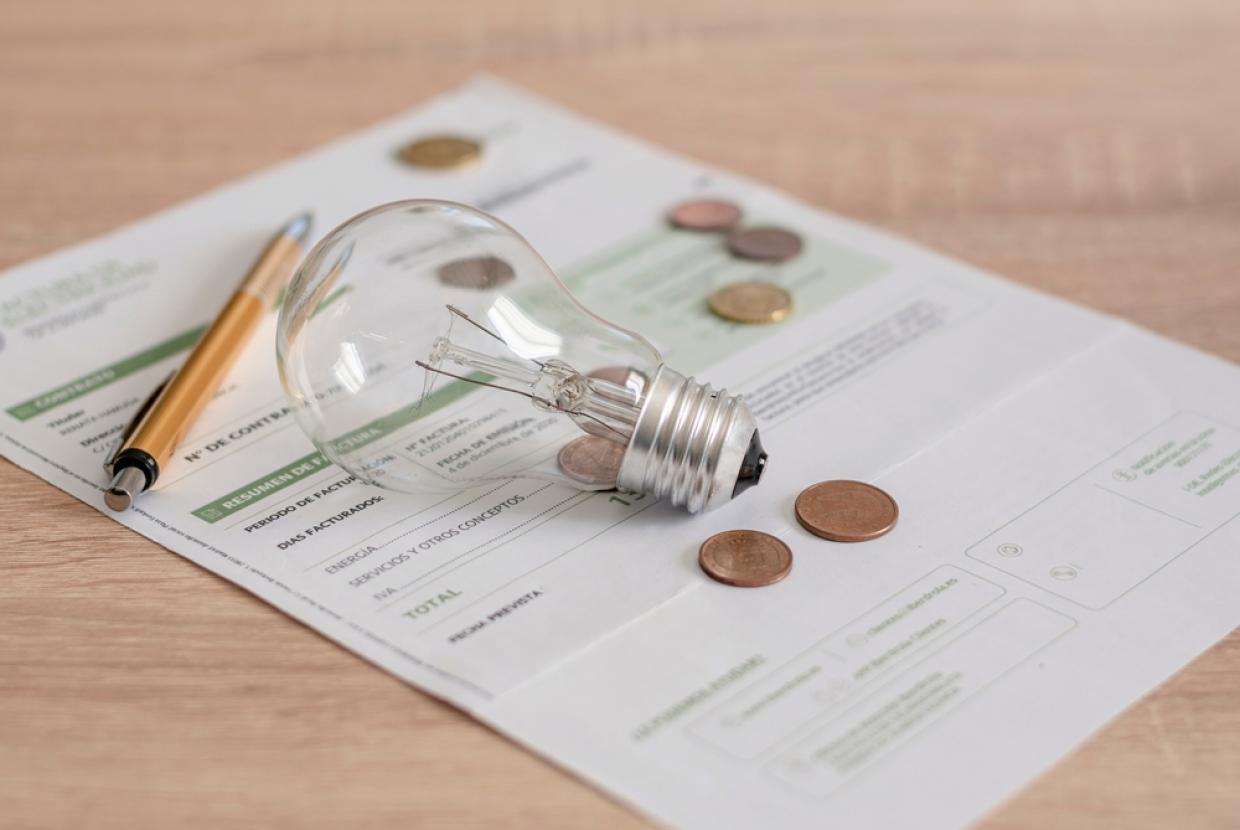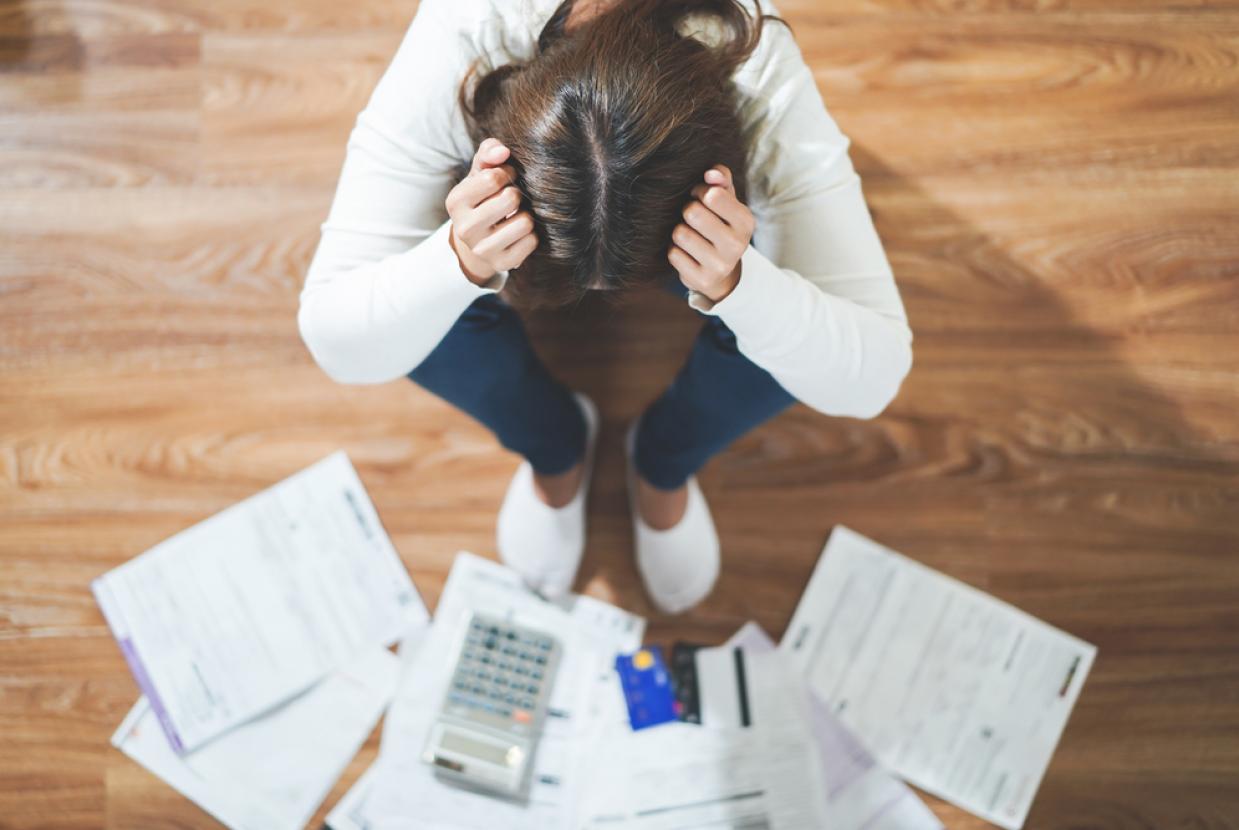Why Has My Pension Pot Gone Down In Value?
Cost of Living Help / Pensions and RetirementThe way your pension is invested could mean that your pot isn’t worth what it used to be. Find out why and what you can do to help rebuild your savings for retirement.
Worried about your pension?
Dear MoneyHelper,
I’ve checked my private pension pot, and the value of the fund has gone down since I last looked at it about a year ago. I’m hoping to retire in four years, so this is really worrying me. Is there anything I can do to keep as much money in my pot as possible?
When you save into a pension, your savings will be invested
If you are saving into a defined contribution (DC) pension you will build up a pot of money which can then be invested in a variety of ways, such as through equities (which are typically higher risk) and bonds (which are typically lower risk).
Most people do not make pensions investment decisions for themselves, but you should check that the way your pension provider is investing your money matches your plans, as it can have a big impact on the amount you have available at retirement.
What should I do if my pension has gone down in value?
The market is currently very volatile which has impacted people’s pension pots negatively. Many people are wondering if there’s anything they can do to protect their pension funds.
MoneyHelper cannot give financial advice, so if you’re retiring soon or have seen a big drop in your pension – now might be a good time to talk to a financial adviser. A good place to start is our Retirement Adviser Directory.
Even if you aren’t planning on cashing out your investments for a few years, it can still be upsetting to see your pension pot shrink. Don’t be tempted to make any sudden decisions because of what the market is doing. Take your time and consider your options.
No-one knows what is going to happen in the next few weeks and months, and you may find your investments recover between now and the time you plan to access your funds. That said, there’s no guarantee either way.
If you’re close to retirement you could think about switching your investments into funds that have a lower risk rating and are considered safer. This could reduce the effect of the current market, but if the markets recover, you’re unlikely to benefit from this as less volatile funds typically have a lower potential for growth.
Investing glossary
- Funds – an investment fund allows you to pool your money with other investors and spread it across lots of different shares and bonds. Fund managers can change what the fund is invested in over time.
- Equities – also known as stocks and shares, these are parts of a company. If the company does well, then their value will grow, but it can also go down if the company gets into trouble.
- Bonds – bonds are loans to big companies, and money invested in bonds will earn some interest, but they can lose value when inflation is high.
- Gilts – these are like bonds but are specifically loans to the UK Government.
What is my pension invested in?
Most people invest in what’s known as a ‘default fund’, which is the fund chosen by the provider as the most likely to be appropriate for the majority of people.
Most people do not make investment decisions, and the idea behind the default fund is that people should not be disadvantaged by not making a choice (but like all investments, there is still a risk the value can go down as well as up).
Many default funds follow a ‘target date’ or ‘lifestyling’ strategy, where pension savings are moved from higher to lower risk funds as you approach retirement, to try and avoid a sudden drop in value.
How does my provider choose where to invest my pension?
Pension providers need to balance a number of factors when they choose the funds your pension is invested in.
- Growth: Your pension savings should grow over time to increase the amount of money that you can access at retirement (and to combat the effects of inflation). Higher risk investments are likely to help your pension grow over the long term, particularly in the earlier stages of saving.
- Risk: The level of risk that is appropriate will depend on various factors, including: how you want to access your pension; any other savings or property you might have to support you, and your own preferences.
- Timing: You will typically have a ‘target retirement date’ based on when you expect to access your pension. Your investment approach should differ depending on when and how you want to access your pension.
If you want to access your pension all at once, the ‘lifestyling’ investing approach might be the right choice for you. It’s designed so that your pension shouldn’t be affected by a sudden drop in value. This is important if you’re planning on buying an annuity that will provide you with a guaranteed income for the rest of your life, when you retire.
Why might a ‘lifestyling’ approach not be right for me?
People have different needs and plans for retirement, and the options available at retirement have changed. Many of these default funds were set up on the assumption that you would reach retirement and use your pension money to buy an annuity.
However, there are now more options available when you reach retirement. You could choose to buy an annuity if you want a guaranteed income for the rest of your life, but you might also choose to take your pension more gradually, through more flexible arrangements such as drawdown or UFPLS (uncrystallised funds pension lump sums).
If you are invested in a ‘lifestyle’ fund that’s set up for you to buy an annuity when you retire, your pension will be moved from higher risk funds to lower risk funds. This might mean you have less money to draw down than you would if you remained in higher risk funds.
How do I find out how my pension is invested?
Most larger pension providers have an online platform where you can log in and see the funds your pension is invested in at any time. All pension providers should send you a yearly statement with details of your pension, and how much your pot is worth. If you aren’t receiving these, you might need to update your contact details.
You should also make sure all your pensions have a nominated beneficiary; this is the person who’ll inherit your pension if you die. Find out how to do this in our blog. If you have older pensions that you can’t remember the details of, MoneyHelper's article about finding lost pensions could help.
What should I do if I want to retire in the next year?
If you’re planning on retiring in the next 12 months, you may want to check how your funds are invested. If your pensions aren’t invested in lifestyling or target date funds you could potentially wait for the markets to recover by using other savings or wait longer to retire. But again, it’s hard to say what to do because no-one knows how long the markets are going to be like this.
If you’re thinking about switching funds, you should speak to your provider about the process and any costs that are involved. There’s more information on our page about pension investment options.
Should I keep my pension in the default fund?
Many default funds are designed with the idea that when you reach your target retirement age, you’ll use what you have saved to buy an annuity to give you an income for life.
However, there are many options for how you use your pensions savings. You might even choose to keep your pension invested after you retire.
If you’re over 50 you can book a free appointment with Pension Wise where you can ask questions and talk through your options with an expert.
You can also get in touch with your pension provider to find out how your money is invested, and find out how you can change funds, and if there are any fees to do that.
What can I do if I find out the approach is not right for me?
If you find that you are invested in a ‘lifestyle fund’, but you are planning to access your pension flexibly, don’t worry, it is not too late. You can change your target retirement age with your pension provider, usually up to age 75. You can often do this by logging on to your online account with your provider, but if this is not possible you should speak to your provider, and discuss your plans with them.
Will my defined benefit (DB) pension be affected?
If you are part of a Defined Benefit (DB) scheme, you do not have to worry as much about the markets as it’s the scheme’s responsibility to ensure there’s enough funds to pay the benefits promised. It’s important to remember that although the income is guaranteed, the transfer value will fluctuate.
That said, if you do find yourself in the situation where your scheme is unable to pay the promised benefits, the Pension Protection Fund (PPF) will step in.
Remember, it's important not to panic and to get proper financial advice before attempting to make changes to your pension as you could make an expensive mistake. No-one knows how long this situation will last – and there are no guarantees. This guide may help you decide on your next steps.


































































